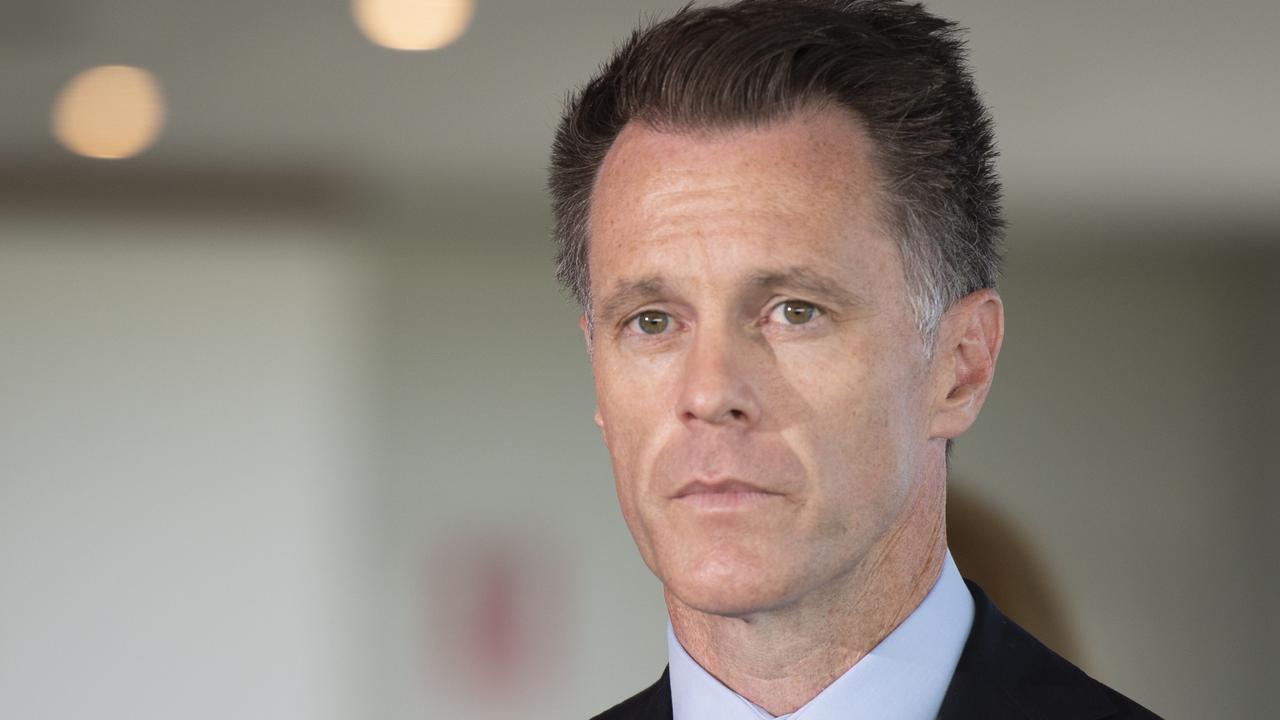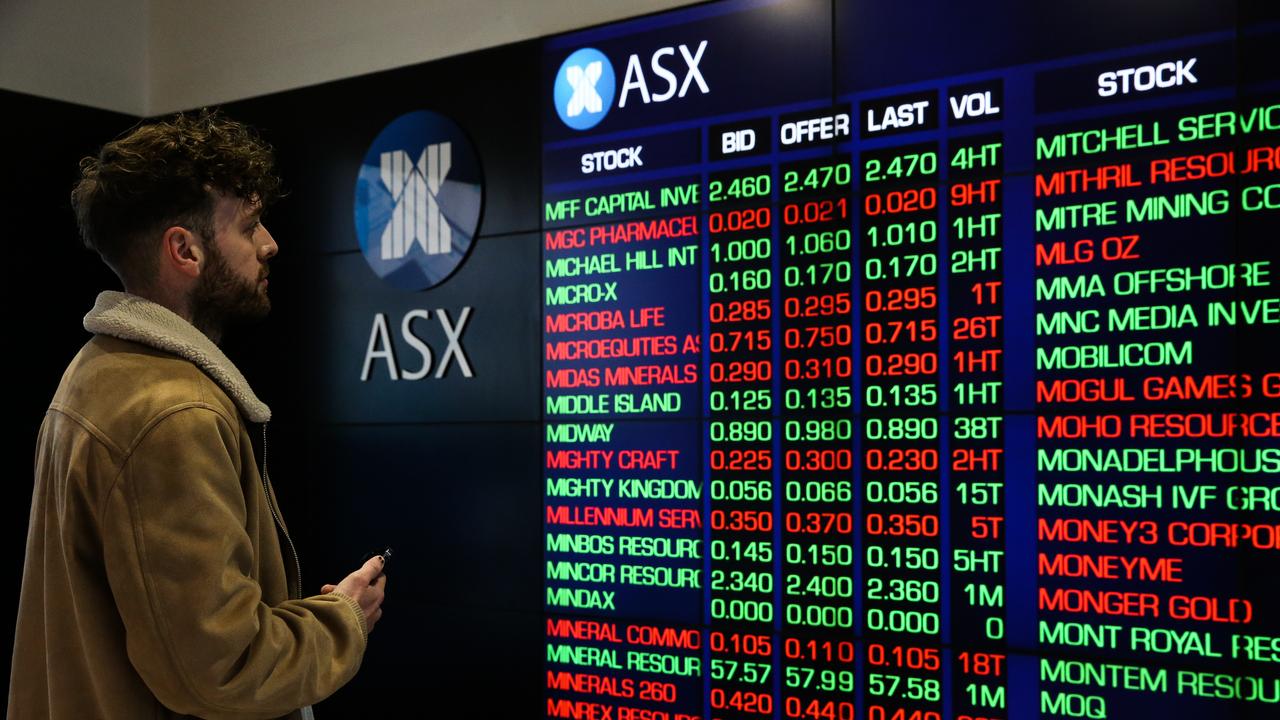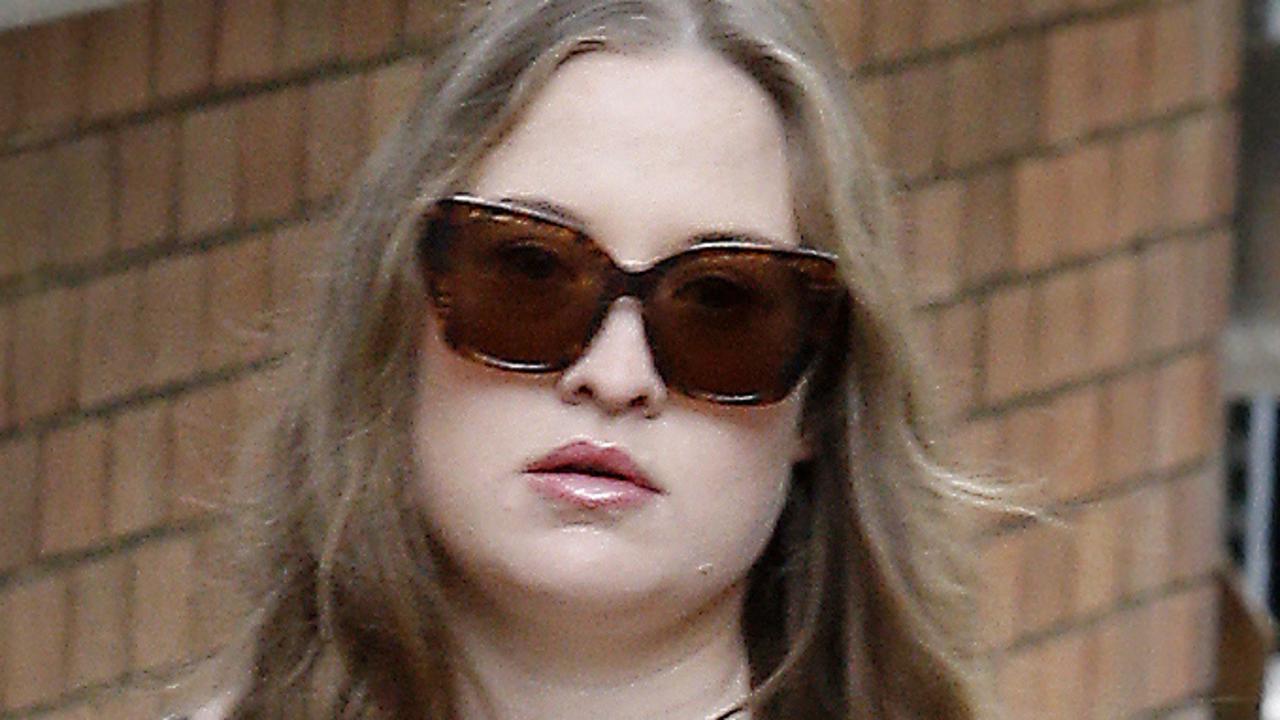The biggest corporate cover-ups
THE pollution cheating scandal that has rocked the world’s biggest car marker, Volkswagen, is just the latest in a long line of corporate frauds, cons and cover-ups.
THE pollution cheating scandal that threatens to bring down the world’s biggest car maker, Volkswagen, is just the latest in a long line of corporate frauds, cons and cover-ups going back more than 100 years.
Volkswagen chief executive Martin Winterkorn resigned earlier this week amid mounting pressure over the controversy, which is being described as the biggest corporate cover-up since Enron.
Volkswagen admitted on Wednesday that 11 million of its diesel vehicles contained software that evaded emissions controls, far more than the 482,000 cars identified by the US Environmental Protection Agency as violating clean air laws.
US and German prosecutors have begun criminal investigations, and Volkswagen has reportedly hired the US law firm that defended BP after the Deepwater Horizon oil spill.
According to analysis by The Guardian, the rigging of emissions tests may have added nearly 1 million tonnes of air pollution annually — more than 24 times the total output of western Europe’s biggest power station.
Volkswagen set aside an initial 6.5 billion euros ($A10.29 billion) to cover the fallout and “win back the trust” of customers. That figure is expected to rise considerably as governments around the world assess their options.
“Millions of people across the world trust our brands, our cars and our technologies,” Winterkorn said Tuesday in a video message. “I am endlessly sorry that we have disappointed this trust. I apologise in every way to our customers, to authorities and the whole public for the wrongdoing.”
“We are asking, I am asking for your trust on our way forward,” he said.
On Friday, it emerged the car giant may face a class action from disgruntled owners in Australia, with Maurice Blackburn class actions principal Damian Scattini saying it was “likely” local buyers would be hit by the scandal.
But Volkswagen, is just the latest in a long line of business frauds, cons and cover-ups. Here is a look back at four of the biggest corporate scandals of all time.
FORD — 1977

How much is a human life worth? Less than the cost of an $11 part.
That was the finding of Ford’s infamous “Pinto Memo”, in which the US car maker weighed the costs of recall and replacement against the predicted settlement costs for deaths, injuries and vehicle burnouts.
The Ford Pinto, launched in 1968 in a bid to tackle the growing small-car market, had its fuel tank positioned dangerously between the rear axle and rear bumper. In an accident, the fuel tank neck could, and did, tear away from the tank, pouring fuel beneath the car and burning passengers to death.
Even though Ford had discovered the problem late in the testing phase and created a modified design to fix the issue, it chose not to issue a recall, despite its own analysis showing it would result in 80 fewer deaths ($200,000 each), 180 fewer serious burn injuries ($67,000 each) and 2100 fewer burned vehicles ($700 each).
Based on its own numbers, contained in the memo sent to senior management, the total bill of $49.5 million for was far more acceptable than the $137 million it would have needed to fit the $11 replacement part in 12.5 million vehicles.
When Mother Jones published the leaked memo in 1977 — in an article titled ‘Pinto Madness’, which went on to win a Pulitzer Prize — it was the biggest scandal in the company’s history, triggering a wave of lawsuits.
One victim who received disfiguring burns, Richard Grimshaw, was awarded $2.5 million in compensation and $3.5 million in punitive damages against Ford.
Later analysis of the scandal argued that the case against Ford wasn’t as clear-cut as commonly believed, with UCLA law professor Gary Schwartz arguing in 1991 that the actual safety record of the Ford Pinto was “roughly in the middle” of the category.
The PR damage, however, has lasted to this day.
ENRON — 2001

The story of fall of Enron, the multibillion-dollar energy giant hailed throughout the ’90s as one of the world’s most innovative companies, is an incredibly complex one. Books, papers, movies and documentaries have been dedicated to the subject.
At its heart, though, it was largely a story of dodgy accounting. The company’s success was found to be based on a scam, with the company lying about its profits and concealing bad debts in shell companies.
While it still operated power plants and gas lines, it became better known for its trading business riding the e-commerce mania of the time. “Besides buying and selling gas and electricity futures, it created whole new markets for such oddball commodities as broadcast time for advertisers, weather futures, and internet bandwidth,” NPR wrote in the aftermath.
“The Enron story was perfect for the dotcom-driven stock market boom of the ’90s. With its roots in the utility business, the company enjoyed a solid reputation for old-economy stability. But unlike other energy companies that didn’t get it, Enron thrust itself headlong onto the internet. The business press ate it up; so did Wall St, sending the stock into the stratosphere. At its peak, Enron was worth about $70 billion, its shares trading for about $90 each.”
As information of irregular accounting practices began to trickle out, Enron’s share price began to collapse. Eventually it was forced to admit its actual balance sheet was several billion dollars lower than it had claimed.
When it declared bankruptcy in December 2001, it had grown to become America’s seventh largest company in the space of just 15 years, with 21,000 employees in more than 40 countries. Investors lost billions.
At the time it was the largest bankruptcy in history, although that has since been surpassed by WorldCom in 2002 and Lehman Brothers in 2008.
McKESSON & ROBBINS — 1938

He may not be a household name, but Philip Musica was behind arguably the biggest corporate accounting scandal of the 20th century, and one that triggered a complete overhaul of company audit procedures.
Musica, an Italian immigrant and career swindler in classic New York fashion, got his first taste for fraud at an early age through his family’s Italian food import business, cheating tariffs by bribing customs officials to record incoming shipments underweight.
In 1919, after changing his name to Frank Donald Coster to hide his criminal record, Musica founded Adelphi Pharmaceutical Manufacturing Company.
Through Adelphi, Musica made a killing selling large quantities of high-alcohol products such as hair tonics to bootleggers who distilled them to make booze. Six years later, he used his ill-gotten gains to take over McKesson & Robbins, a 90-year-old pharmaceutical company.
Over the next few years he effectively gutted McKesson & Robbins from the inside with the help of his three brothers. Together they systematically falsified inventory records and generated fake sales documentation in order to pay commissions to a shell company under their control.
It wasn’t until 1938 that the fraud was discovered by the company’s treasurer, who became suspicious of large payments the company was making to WW Smith & Co, the fake sales agency fronted by Musica’s younger brother using the alias George Vernard.
An investigation ensued, and in December that year Frank D Costa was arrested by federal agents, who released him on bond. It was only upon checking his fingerprints that they discovered he was actually the convicted fraudster Philip Musica.
Hearing he had been found out, Musica shot himself in the head. It was eventually determined that $US20 million of the $US87 million in assets on McKesson & Robbins’ balance sheet were fake.
WILLIAM DUER — 1792
Back in 1792, a wealthy merchant banker named William Duer achieved the dubious honour of becoming the first person in history to cause a stock market crash via insider trading.
Duer, a businessman who had grown rich during the US Revolutionary War, had three years earlier used his close connections with founding father Alexander Hamilton to snag a position under him as assistant treasury secretary.
By using his inside knowledge of plans to buy American debts held by France left over from the war, Duer and his friends were able to make vast fortunes by speculating on government bonds.
Between 1789 and 1791, federal security values quadrupled as the mania for speculation saw traders drive up stock prices.
In his book A Financial History of the United States, Jerry Markham describes the disdain with which founding father Thomas Jefferson held Duer and his fellow bankers, who he labelled a “corrupt squadron” and the financial markets nothing but a “gaming table”.
Eventually Duer, who along with his banker buddies had been attempting to artificially drive up the prices of US government bonds and bank stocks, came undone.
They borrowed too heavily and defaulted on their loans, triggering a bank run. As Thomas Jefferson said: “[At] length our paper bubble is burst, the failure of Duer in New York soon brought on others, and these still more, like ninepins knocking one another down, till at that place the bankruptcy is become general, every man concerned in paper being broke, and most of the tradesmen and farmers, who lend it to them at an interest of from 3 to 6 per cent a month, have lost the whole.”
Duer was thrown behind bars on March 23, 1792, and spent the rest of his life in jail.
In words that ring true more than 220 years later, Jefferson argued that the “fate of the nation seem[s] to hang on the desperate throws and plunges of gambling scoundrels”.




